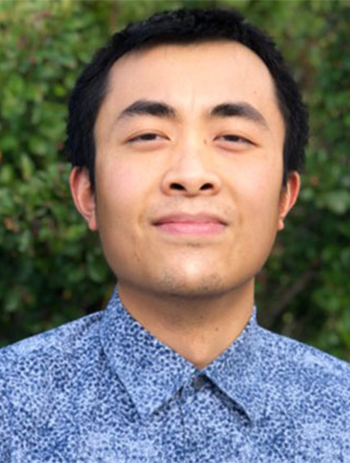Volunteer patient advocates can bring an essential service to those who need it most, say Zach Hong and Farwa Naqvi
Patient advocacy is becoming increasingly common in Canada and the United States as a service that can assist patients with their healthcare concerns. Armed with a broad understanding of healthcare, patient advocates can fulfil a number of different roles for their clients. For medical concerns, they can assist with obtaining a treatment or diagnosis. For navigational concerns, advocates can provide guidance on often complex healthcare systems. By providing personalised one-on-one support through a patient’s healthcare journey, advocates can give clients the self-efficacy and confidence to seek care or independently manage their healthcare concerns over time.
Patient advocacy is useful for groups unfamiliar with their local healthcare system, such as immigrants, but it can also be beneficial for domestic residents when they’re faced with complex healthcare systems, which they’ve received no education on how to navigate. For these reasons, patient advocacy organisations provide valuable assistance that can improve their client’s healthcare, while respecting patient autonomy.
Although some patient advocates are employed within healthcare systems as part of the routine service, external patient advocacy organisations often operate as private third party companies. Run by healthcare professionals, they usually charge varying fees in the form of hourly costs or stipends to their clients. If patients have the financial means to pay, or have more demanding cases that make financial compensation appropriate, this is perhaps not an issue. However, this payment model can render these services inaccessible to vulnerable or underserved populations, who would often benefit the most from using them. It is therefore imperative that we address the need for coexisting free versions of these services, so that no patient is left behind.
How can this challenge be addressed? In publicly funded healthcare systems, one potential solution is the employment of more patient advocates. Although viable, this could place additional financial burden on systems experiencing the ongoing challenge of how to best allocate scarce resources. This could be magnified in developing countries interested in the model, where basic needs remain unmet. As a result, we think that it’s worth considering the model of a non-profit volunteer run service—an approach which the organisation we volunteer for has adopted.
By using unpaid volunteers who have experience within the respective healthcare system, a greater number of advocates can be recruited to help a greater number of people. The removal of money from the relationship, which can introduce a conflict of interest, also helps to assure patients that they are not being charged unfairly, and that the advocate has no motive except to provide assistance. From an organisational standpoint, this model is also more easily scalable, and is more dependent on the number of interested volunteers, rather than a financial budget. Furthermore, a team of volunteers with differing experiences often has a broader skillset than one paid employee.
In cases where patients may have fractured relationships with healthcare professionals, a truly independent third party can also be beneficial and better facilitate patient care. This can be especially relevant to groups who are distrustful of the healthcare system, or who have historically felt stigmatised by or excluded from its services, such as homeless people or people who use drugs.
Although critics may draw attention to the possible lack of qualifications held by a volunteer, it is important to acknowledge the experience driven nature of these services. It is certainly possible for an individual without formal training in healthcare to have an extensive knowledge of the healthcare system based on their own experiences—either as a patient or caregiver.
Although paid patient advocacy organisations are available, they won’t be able to address the needs of all patients with healthcare concerns. These patients may benefit from using free patient advocacy services, which unfortunately in many countries are non-existent or difficult to access. Although there is a niche for paid patient advocacy, more work needs to be done to establish free versions of these services so that people have equitable healthcare irrespective of their financial status.
 Zach Hong is co-chair of advocacy and outreach with Open Arms Patient Advocacy Society, a volunteer run, not-for-profit patient advocacy organisation, which works directly with patients from Alberta, Canada, to assist them with their healthcare concerns, often via system navigation. They were founded in 2007 by patients, for patients, and offer services free of charge.
Zach Hong is co-chair of advocacy and outreach with Open Arms Patient Advocacy Society, a volunteer run, not-for-profit patient advocacy organisation, which works directly with patients from Alberta, Canada, to assist them with their healthcare concerns, often via system navigation. They were founded in 2007 by patients, for patients, and offer services free of charge.
Competing interests: None declared. I am an unpaid board member (co-chair of advocacy and outreach) of Open Arms Patient Advocacy Society
Farwa Naqvi is chair of advocacy with Open Arms Patient Advocacy Society in Calgary, Alberta, Canada.
Competing interests: None declared. I am an unpaid board member (chair of advocacy) of Open Arms Patient Advocacy Society

